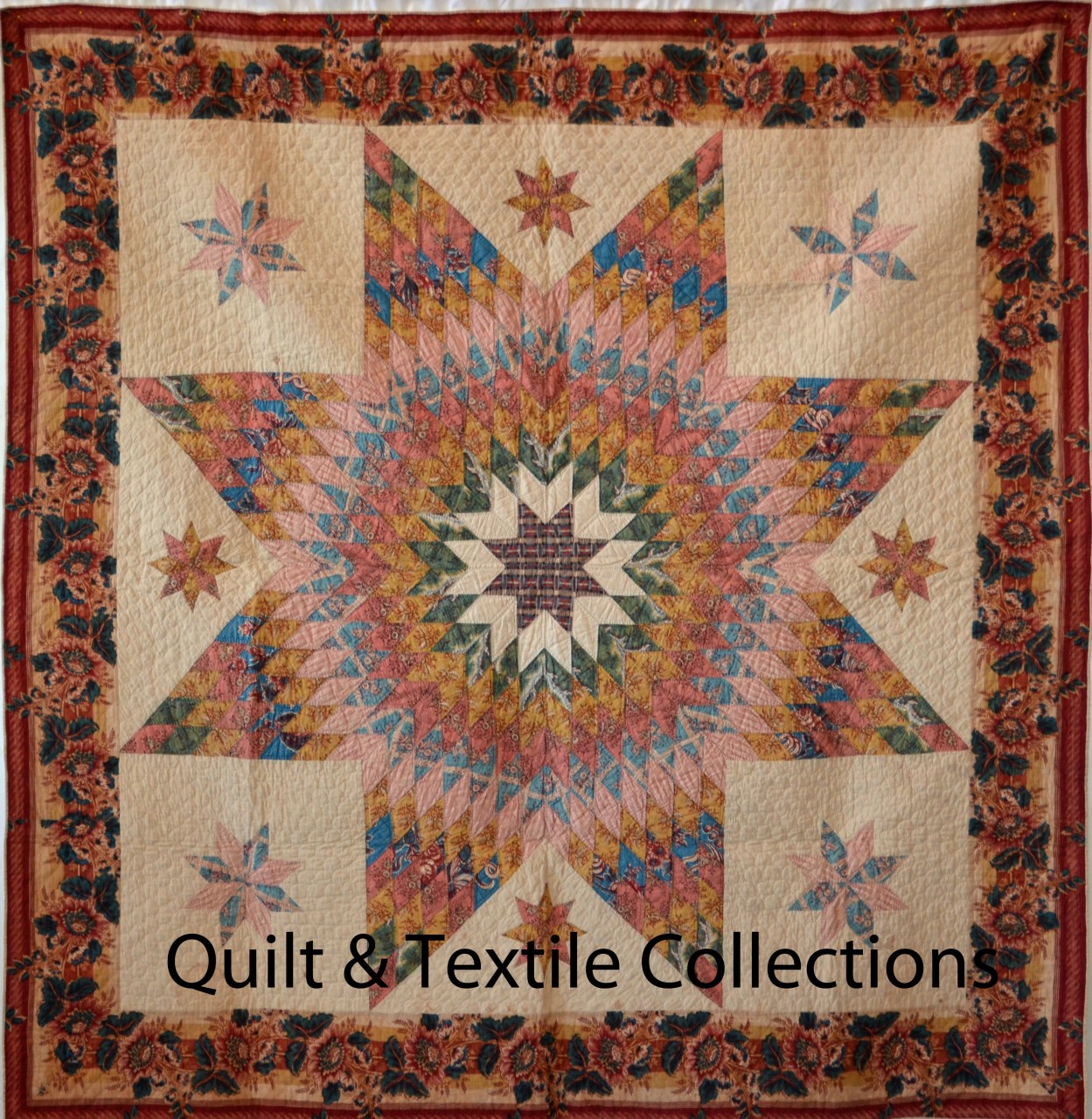
Broderie perse is French for Persian embroidery, but through the decades it also came to refer to artists cutting out fabric to applique onto a background fabric. This technique was also called “cutout chintz applique.” Recently experts have come to avoid using broderie perse unless the textile also includes embroidery, favoring instead “cutout chintz applique.” However, if there isn’t embroidery present and not all the fabric used is actually “chintz” what should you call it then? When you are as talented as these artists, whatever you want. As Shakespeare reminds us, “a rose by any other name would smell as sweet.” This is one of the exhibitions in which I had a hard time selecting which photos to include. Even though I divided the blog post into 2 parts, it still only allows eight quilts. However,...





